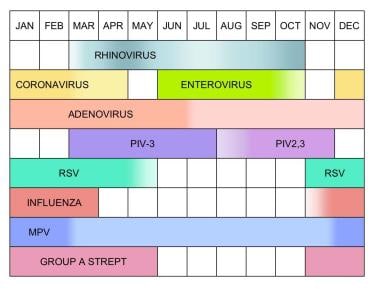

Without treatment most teenagers and adolescents will have a platelet count over 20 within 5 days and a normal platelet count by six months. The majority of teenagers and adolescents with ITP have a low platelet count but do not have dangerous bleeding. When treatments are considered, you will have the chance to discuss the risks and benefits of these, as opposed to no treatment, with the doctor. Most treatments aim to temporarily improve the platelet count and do not cure the condition itself. The type of treatment recommended depends on your symptoms rather than your platelet count. Most teenagers and adolescents do not need any treatment unless they have severe bleeding, and most teenagers and adolescents improve whether or not treatment is given. If the bone marrow looks normal, with the usual or higher number of cells that make platelets (megakaryocytes), and other blood tests are normal, then the doctor will diagnose persistent ITP. Additional blood tests may be taken at this time to rule out rare problems with making blood clots and rare problems of the immune system that can look like ITP. If the platelet count is not showing signs of recovery by 3 to 6 months then a small sample of bone marrow will need to be taken and looked at under the microscope. If the low platelet count improves quickly and no treatment is needed, you will not need any further tests. If the platelets, red blood cells and white blood cells all look normal, this rules out blood cancer (leukaemia). This is to rule out other conditions that may cause similar symptoms to ITP. When a sample of your blood is looked at under a microscope, a blood doctor can examine each blood cell type closely. ITP is usually diagnosed using a blood test called a ‘full blood count’. In many cases this may follow a viral infection or vaccination during which time the immune system attacks the virus but the immune system then goes on to think that the platelets are part of the virus and starts to attack the platelets.

ITP commonly results from the immune system mistaking platelets as being foreign and attacking them. The risk of serious bleeding is much lower when the platelet count recovers to over 20 x 10 9/Litre. Data from worldwide studies suggests that the risk of serious bleeds is about 3 in 100 and the risk of brain bleeds is about 1 in 300. Less common but potentially serious are spontaneous bleeds occurring from the gut or brain. This may be due to a change in chemicals which are carried by platelets. Tiredness and depression or other mood changes are commonly reported by people with ITP. Girls may be troubled with heavy periods. Common sites of spontaneous bleeding are the gums and nose. Apart from the bruising/ bleeding most adolescents are otherwise well. Bruising most commonly follows minor knocks ("easy bruising") but may also occur spontaneously without trauma.
#LOW MPV SYMPTOMS SKIN#
Most teenagers and adolescents with a platelet count of under 20 will have pinprick blood spots under the skin (petechiae) and bruising.

The majority of teenagers and adolescents with ITP will still have an improvement of the platelet count even if the ITP persists and the majority of teenagers and adolescents will still completely recover after a few years even if the ITP is still present at 12 months. Only 1 in 5 teenagers and adolescents with ITP will develop chronic ITP with teenage girls at highest risk. In teenagers ITP is more common in girls than boys.Ĭhronic ITP is the term for ITP that has not gone away on its own after 12 months. How common is ITP and who does it affect?Ībout four in every 100,000 children develop ITP each year. Immune thrombocytopenia is a medical term for a condition in which there is bruising (purpura) because there are fewer platelets in the blood than usual (thrombocytopenia) and is usually caused by something going wrong with the body’s defence against infection (immune system) or an allergic reaction of some kind. A low platelet count is called ‘thrombocytopenia’. In most cases of ITP the platelet count is less than 20. The normal platelet count is between is 150 to 400 (UK measurement). A rough idea of how many platelets are present in the blood (platelet count) can be made using a sample of blood. Platelets, like red and white blood cells, are formed in bone marrow which is at the centre of big bones, such as the femur and hip. Platelets are small and sticky and their job is to prevent bruising and stop bleeding after an injury. Platelets are one of the three types of blood cell, along with red and white blood cells. It also explains what to expect when you are diagnosed with the condition. This page explains about immune thrombocytopenia (ITP), which is a blood problem affecting the platelets. With thanks to Dr John Grainger and Chloe Goodall for this information.


 0 kommentar(er)
0 kommentar(er)
